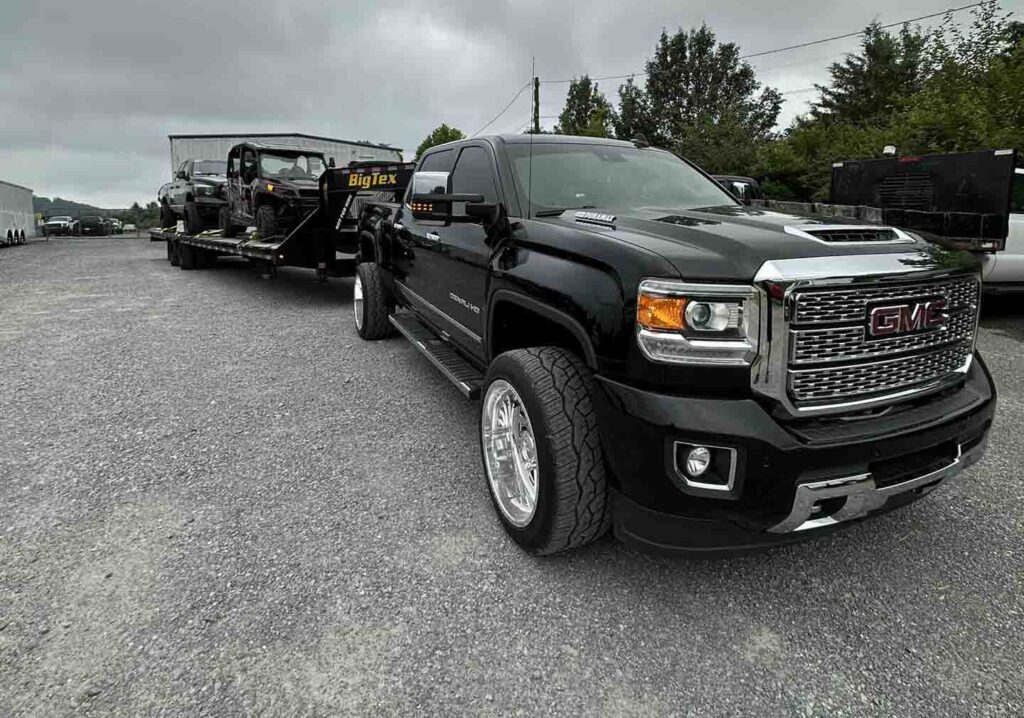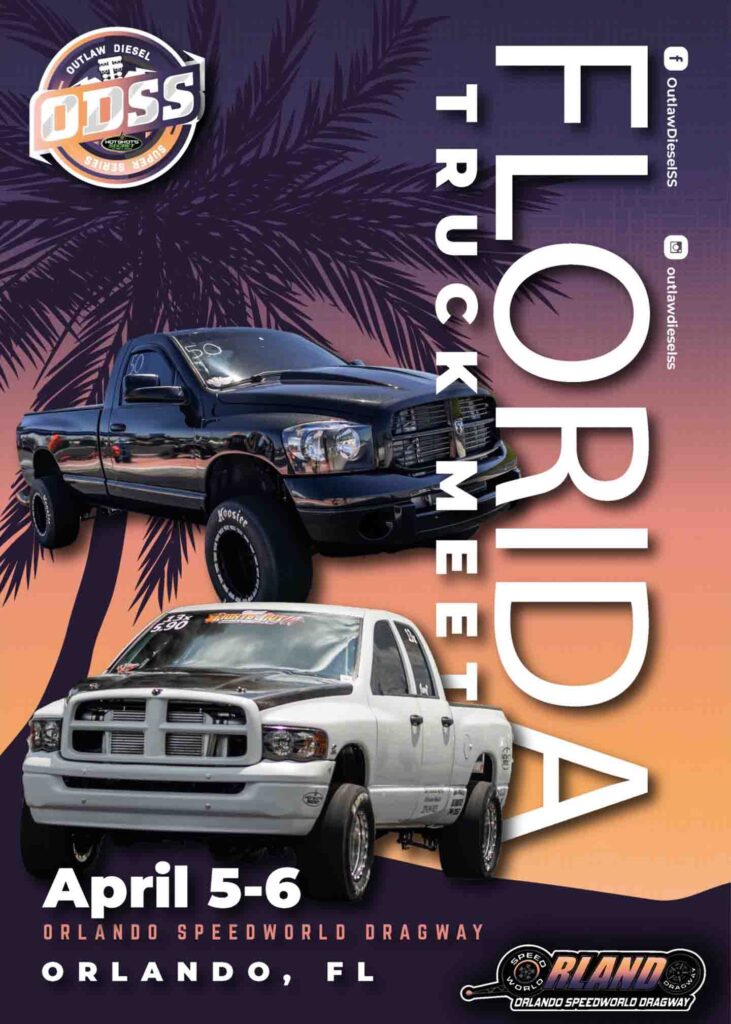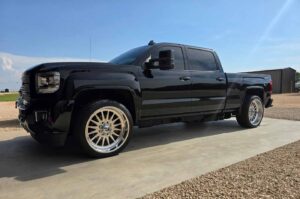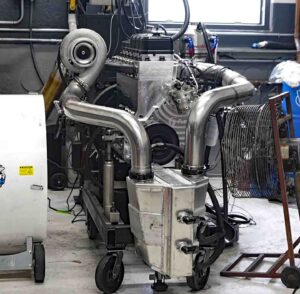HEADLINES: Is An L5P-powered HD The Best Tow Rig?
Plus a Cummins drops a valve on the dyno, the ODSS season kicks off in Florida, and an update on the attempted ban on gas and diesel-powered vehicles.

Three-time K.O.S. winner, Josh McCormack, thinks so—and it’s a bold stance considering he’s owned more than 20 Cummins-powered Rams in his lifetime. He recently traversed the country in his ’18 GMC Sierra with more than 13,000 pounds in tow, a trip that saw the truck log just under 11-mpg fully loaded. After adding a pile of miles to the Sierra over the past year (30,000 of them), Josh is convinced this is the best all-around option for the ’17-’19, pre-10-speed trucks. A WCFab cold air intake and intercooler pipes, a Fleece MAP sensor relocation kit and All Lights On module, and ECM and TCM tuning from Calibrated Power Solutions also factor in to his high praise for the L5P Duramax.
Drag Racing
The ODSS Season Kicks Off This Weekend

For the first time in Outlaw Diesel Super Series history, the drag racing season will kick off in Orlando, Florida. It all starts this Friday at Orlando Speedworld Dragway, with the ODSS action running in conjunction with the annual Florida Truck Meet. Billed as the largest truck show in the world, the event was relocated to the central Florida area in 2024 to better accommodate the vast turnout it sees. A burnout competition, Trucks Gone Wild tug of wars, grudge racing (including the S&S-sponsored, Friday night match-up), and a massive show ‘n shine will offer non-stop entertainment from April 5-7. For those in town early, an ODSS test n’ tune session will run from noon to 7 pm on Thursday. We’ll see you there.
At Least One Pro Class ODSS Racer Won’t Be Making The Call In Orlando

No, it’s not an April Fool’s joke, Travis Trent won’t be making the trip to the ODSS season opener in Orlando. At a dyno session at SPE Motorsport, the Cummins in his Pro Street Ford dropped a valve seat. Luckily, the failure happened with the engine idling as opposed to turning 5,000 rpm (and chasing a 2,500-plus hp number). Immediately diving in, the folks at SPE helped Travis pull the head (less than a half hour after the mishap occurred) and get the repair process started, but Travis isn’t going to rush anything. We’ll see him at Rudy’s on April 19-20. Scheid Diesel’s dragster may also be sitting out the season-opener this weekend on account of its new transmission not yet being 100-percent ready to go.
Emissions
SEMA, PRI Continue Fight Against Attempted ICE Ban

Following a wave of support from small businesses all over the U.S. that represent the specialty automotive aftermarket, the EPA has delayed its aggressive CO2 emissions regulations, pushing them back from model year 2027 vehicles to 2030 models. Additionally, the EPA’s final rule on average allowable CO2 tailpipe emissions for light-duty vehicles was relaxed from 82 grams per mile to 85 grams per mile—although it’s still completely clear that no diesel or gasoline-powered vehicle will be able to meet the standard. While the delay in the rollout of these stringent new emission regulations will allow automakers to ramp up EV production, all indications still point toward the internal combustion engine being made extinct.
API and AFPM Urge Congress to Overturn Unlawful EV Mandate for Heavy Trucks

Make no mistake, light and medium-duty vehicles aren’t the only class of vehicles impacted by the EPA’s new emissions regulations. It pushes for zero emission, heavy-duty vehicles as well, and according to the leaders at the American Fuel & Petrochemical Manufacturers (AFPM) and the American Petroleum Institute (API) it “disincentivizes the development of other fuel-based technologies—including American-made renewable diesel—that are working in today’s heavy-duty fleet to reduce emissions more quickly and at a lower cost.” The only real hope left exists in Congress, which has the power to overturn it.
A few quick facts from AFPM and API:
*More than 98-percent of all heavy-duty vehicles sold in 2023 were diesel-powered according to the U.S. Energy Information Administration.
*The American Trucking Associations estimates that 11.46 billion tons of freight were transported by trucks in 2022, which represents over 72-percent of all domestic tonnage shipped.
*Full electrification of the U.S. vehicle fleet would require the addition of generation and transmission capacity that is equal to more than 40-percent of the current electricity demand, according to a recent American Transportation Research Institute study.
Written by Mike McGlothlin



